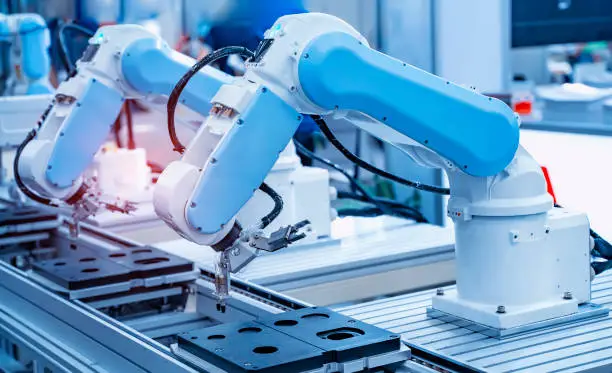
Introduction
In recent years, computer vision has emerged as a transformative technology with the potential to revolutionize various industries by enabling automation at unprecedented levels. Computer vision refers to the field of artificial intelligence (AI) that empowers machines to interpret and understand visual information from the world around them. This ability holds immense promise in overcoming complex challenges in automation, streamlining processes, and enhancing efficiency across industries. In this article, we will explore five common problems that computer vision helps to overcome and discuss the significant impact it has on various sectors.
1. Object Recognition and Localization
Problem: In automation, accurately recognizing and localizing objects is crucial for tasks like robotic manipulation, quality control, and inventory management.
Solution: Computer vision algorithms can process images and videos to identify objects, determine their precise positions, and even track their movements in real-time. This capability is invaluable in tasks ranging from warehouse logistics to autonomous vehicles.
Impact: Industries that rely on object recognition and localization, such as manufacturing, agriculture, and retail, can achieve higher precision, reduced errors, and increased productivity. For example, factories can automate quality control processes, ensuring that only products meeting specifications proceed down the assembly line.
2. Anomaly Detection
Problem: Identifying anomalies or defects in large-scale manufacturing or infrastructure projects is a complex and time-consuming task.
Solution: Computer vision systems can analyze visual data to detect irregularities or anomalies that may not be easily noticeable to the human eye. This aids in early detection and prevention of faults.
Impact: Sectors like manufacturing, energy, and construction benefit from improved safety and quality control. By identifying defects early on, companies can avoid costly production delays and ensure that products meet high standards.
3. Visual Inspection and Quality Assurance
Problem: Ensuring product quality in high-volume manufacturing processes is challenging due to the need for consistent and reliable visual inspections.
Solution: Computer vision-powered inspection systems can scrutinize products for defects, inconsistencies, or deviations from specifications. These systems can process vast amounts of data quickly and accurately.
Impact: Automation of quality assurance leads to enhanced product consistency, reduced waste, and increased customer satisfaction. Industries like electronics, pharmaceuticals, and food production gain from the ability to maintain high-quality standards without compromising efficiency.
4. Gesture and Emotion Recognition
Problem: Interpreting human gestures and emotions in real-time is essential for applications like human-computer interaction and customer service.
Solution: Computer vision algorithms can decipher human gestures and expressions by analyzing facial features, body movements, and interactions.
Impact: Sectors like gaming, healthcare, and retail benefit from improved user experiences. Virtual reality systems can respond to users' gestures, while retail stores can gauge customer emotions to enhance service quality.
5. Environmental Monitoring
Problem: Monitoring and analyzing vast and remote environments, such as forests or oceans, for ecological changes is resource-intensive.
Solution: Computer vision systems can process data from cameras and sensors to monitor environmental changes, track wildlife, and assess ecological health.
Impact: Conservation efforts, research, and disaster management receive a boost with automated environmental monitoring. Researchers can analyze long-term trends and make informed decisions to protect ecosystems.
Conclusion
Computer vision's integration into automation processes is transforming industries and workflows across the globe. By addressing challenges related to object recognition, anomaly detection, visual inspection, gesture recognition, and environmental monitoring, computer vision enhances efficiency, reduces errors, and opens up new possibilities for innovation. As this technology continues to evolve, its impact will only become more pronounced, reshaping industries and shaping a future that is driven by intelligent automation.
Embark on a journey of limitless possibilities with us at https://navan.ai/ and witness the realm of transformative progress. Explore a world where innovative breakthroughs redefine the future.
Discover Navan.ai's Offerings:
1. Effortless Vision AI Model Development: Revolutionize development speed by creating and deploying Vision AI models within minutes.
2. Simple Cloud Deployment: Experience the ease of one-click cloud deployment, generating APIs in under a minute.
3. No Coding Needed: Embrace the future of tech without the complexities of coding; focus on unlocking AI's boundless potential.
For inquiries and a complimentary consultation, connect with us at https://navan.ai/contact-us. Let our experts guide you through the transformative landscape of advanced technologies.
Experience the convenience and power of Navan.ai, as it reshapes your interaction with AI and technology. Your journey towards seamless innovation starts right now.